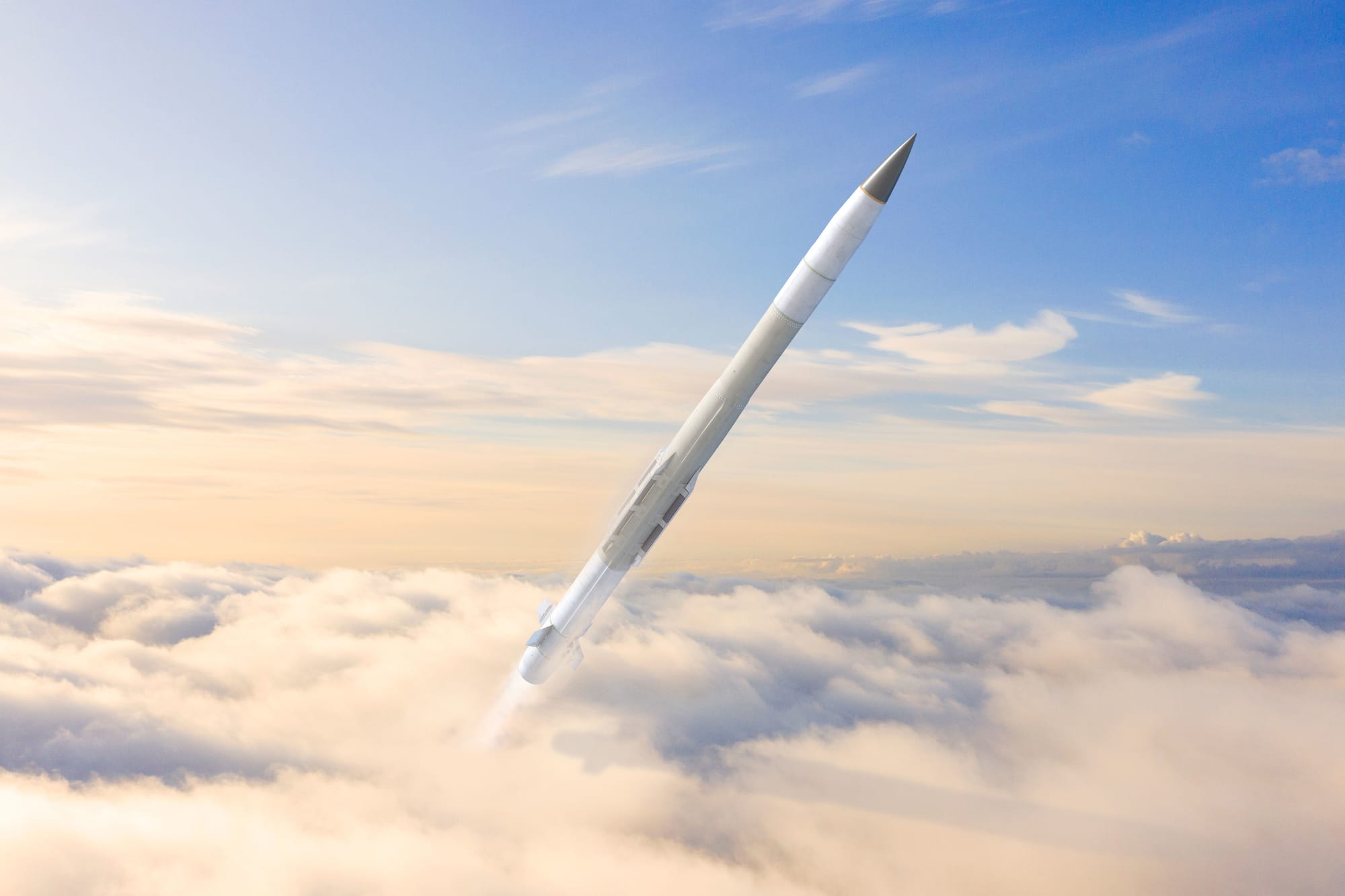PAC-3 MSE Missile Output Surges with U.S. Army Deal
Lockheed Martin accelerates PAC-3 MSE missile production to 650 units annually under a critical U.S. Army contract to boost defense capabilities.
On November 14, 2014, the U.S. Army awarded a contract to Lockheed Martin to significantly scale production of the PAC-3 Missile Segment Enhancement (MSE) to a targeted 650 units per year for a four-year period. This contract addresses rising global demand for advanced air defense systems as allied nations modernize their defenses against increasingly sophisticated, high-velocity threats.
PAC-3 MSE Production Ramp-Up and Supply Chain Investments
In response to anticipated demand from U.S. allies adapting to shifting security landscapes, Lockheed Martin is expanding PAC-3 MSE production. Lockheed Martin has made substantial investments in its manufacturing capabilities and supply chain, positioning the company to surpass 500 units annually by the end of 2024, setting a record for the PAC-3 MSE program. The company has also committed to lean manufacturing practices to streamline production cycles, addressing both contractual obligations and the U.S. Army’s growing need to maintain a robust missile stockpile.
At the same time, Lockheed Martin has also pledged to adopt lean manufacturing practices to bring about quicker production cycles — a combination of interest as well as contract obligation given the increasing stockpile that the U.S. Army is building with these units.
Enhanced PAC-3 MSE Capabilities for Modern Threats
The PAC-3 MSE missile, an advanced iteration of the PAC-3 Cost Reduction Initiative (CRI), incorporates a dual-pulse solid rocket motor that extends its range and provides superior flexibility against diverse high-speed threats, including tactical ballistic missiles, cruise missiles, and next-generation aircraft. Using a “hit-to-kill” approach, which employs direct body-to-body contact, the PAC-3 MSE offers a more effective kinetic impact than traditional blast fragmentation, delivering greater lethality against advanced threats.

Großwald Curated: The Patriot Advanced Capability-3 Missile Segment Enhancement is an interceptor missile within the Patriot system, designed for air and missile defense.
Key distinctions are as follows:
- Type and Purpose: The PAC-3 MSE is a defensive interceptor targeting ballistic missiles, aircraft, and airborne threats. In contrast, cruise missiles are offensive, designed to deliver warheads to specific ground or sea targets while flying at low altitudes to evade radar.
- Guidance and Propulsion: The PAC-3 MSE uses hit-to-kill technology to destroy threats through direct collision and features a highly maneuverable guidance system for high-speed targets. Cruise missiles typically follow preset paths using GPS or terrain-following radar to strike ground targets.
- Range and Flight Characteristics: The PAC-3 MSE has a limited range, optimized for atmospheric interceptions within a layered defense system. Cruise missiles can travel longer distances, often over hundreds of kilometers, and may operate at subsonic, supersonic, or hypersonic speeds.
Since Lockheed Martin began full-rate production in 2018, the company has delivered over 1,700 PAC-3 MSE units. These systems now integrate within the U.S. and allied defense frameworks, enhancing layered air and missile defense capabilities alongside the Patriot, THAAD, and the Integrated Air and Missile Defense Battle Command System (IBCS). Lockheed Martin also plans future integrations with other platforms, such as the Aegis Weapon System, to expand interoperability.

Role of PAC-3 MSE in Joint All-Domain Operations (JADO)
The PAC-3 MSE is pivotal to the Joint All-Domain Operations (JADO) concept, which seeks to unify air, land, and sea defense assets through seamless data exchange. Lockheed Martin has optimized the PAC-3 MSE for integration with advanced command and control systems, enhancing responsiveness in high-stakes environments. This interoperability extends to THAAD, IBCS, and the F-35, enabling coordinated sensor-to-shooter capabilities that strengthen battlefield effectiveness.

Supporting 21st Century Security Goals
This contract supports Lockheed Martin’s 21st Century Security vision, aimed at delivering defense capabilities aligned with evolving global threats. Through its expanded production and supply chain initiatives for systems like the PAC-3 MSE, Lockheed Martin is bolstering the defense industrial base, enabling U.S. and allied forces to field next-generation, networked defense capabilities precisely when and where they are most needed.
Sources: Lockheed Martin








